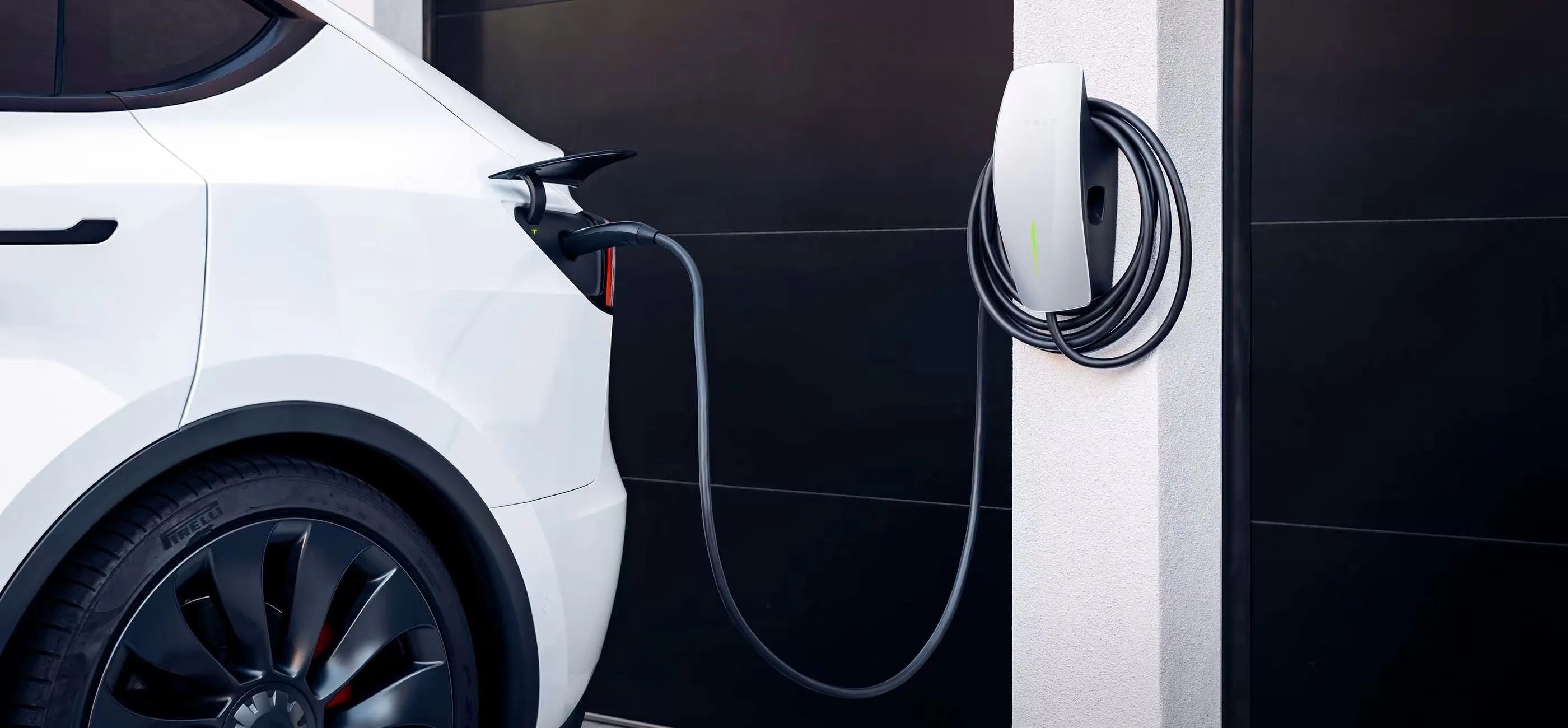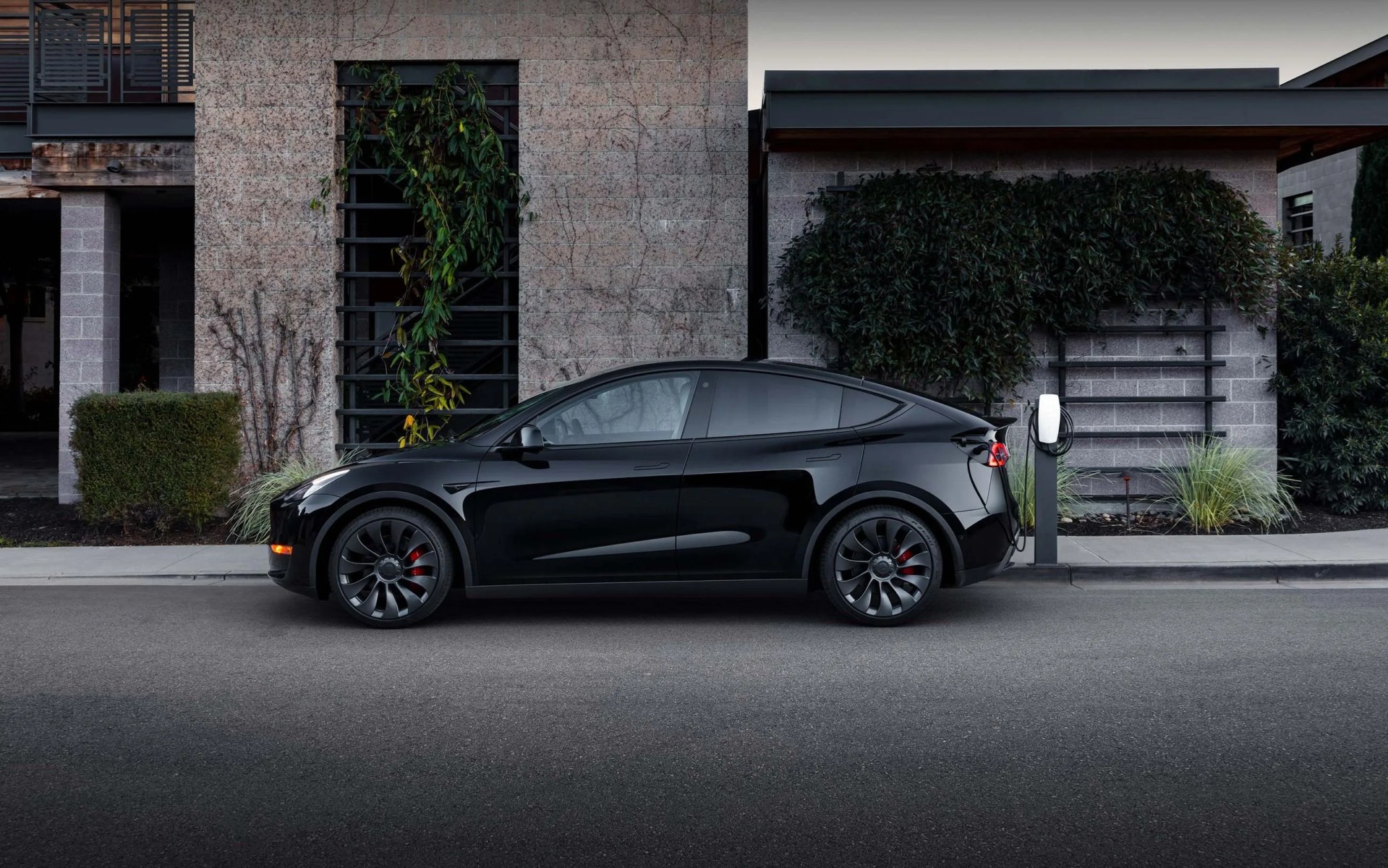Gas prices are crazy right now. And if you’re considering buying an electric car, Tesla may be the first manufacturer that comes to mind. Tesla created the bolder, modern EV with vehicles like the Model S and the Model 3. Other manufacturers are now offering compelling competition — and pickup trucks. But Tesla remains the default option with a disproportionate share of the EV market.
The main question when buying a Tesla will be how you charge it. Here’s a quick breakdown of how you charge a Tesla and how much it will cost.
How do you charge a Tesla at home?
Most EV charging happens at home overnight. Tesla does offer a $200 mobile connector that can plug into a standard wall outlet. But that method adds about 2-3 miles of range per hour and is best for emergencies.
Most Tesla owners will install a $400 wall connector. It can be located indoors or outdoors and on a wall or a pedestal (installation will cost extra). Charging with a wall connector can add up to 44 miles of range per hour — so a full charge overnight. A wall connector can also distribute the power to charge multiple EVs.
How much does it cost to charge a Tesla at home?
Tesla notes that charging costs are “cheaper than gas.” There isn’t an exact measurement because it will depend on several factors with electricity pricing. Two of the foremost will be where you’re located and what time you are charging — peak hours will be more expensive, and nighttime will be cheaper.
Energy costs vary significantly by state, from 7.51 cents per kWh in Louisiana to 27.55 cents per kWh in Hawaii. According to the U.S. Energy Information Administration, the average retail price in the U.S. is 10.59 cents per kWh. The EPA gives efficiency numbers for EVs in kWh per 100 miles — the Model 3 Long Range AWD uses 25 kWh to get 100 miles.
With average energy pricing, it would cost about $2.65 to charge the Model 3 Long Range AWD for 100 miles. So about $6 for a full charge. A car earning 25 mpg combined would have to pay for 8 gallons of gasoline to fill up for 200 miles.






